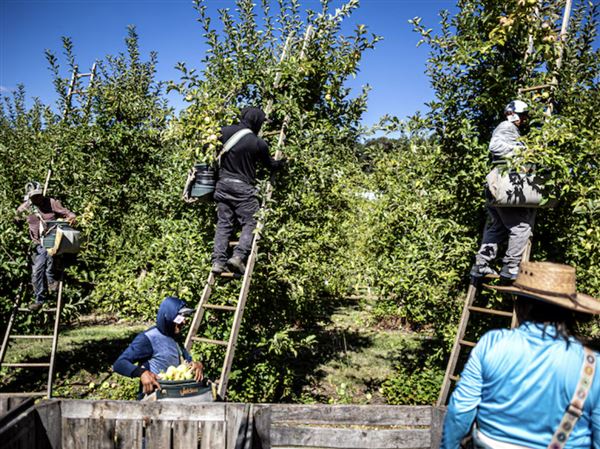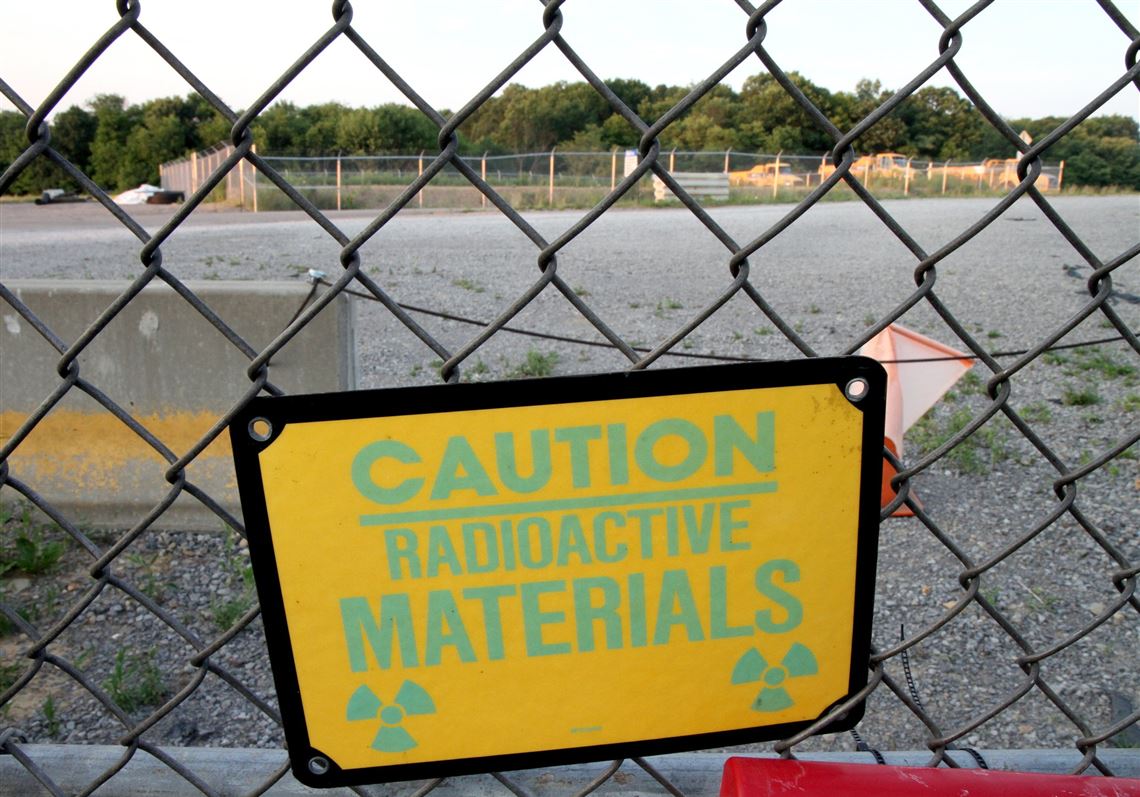In Armstrong County, 30 miles northeast of Pittsburgh, a nuclear waste dump has sat for decades, waiting to be removed from underground trenches.
According to the U.S. Army Corps of Engineers, excavating it will do more than make the area safer — it will bring jobs to the county.
“People going into the trenches are going to be from the local community,” said Tim Herald, a corps member who is managing the removal. “Your neighbors are going to be in the trenches.”
In a virtual meeting on Thursday, Mr. Herald and his team gave community members updates on the remediation of the “Shallow Land Disposal Area,” which will see 36,000 tons of uranium and plutonium waste removed from the 44-acre former nuclear facility that sits along the Kiskiminetas River in Apollo and Parks Township.
Although the corps took on the project in 2002, major progress hasn’t been made until recently.
After years of contract disputes and delays, the excavation is now set to begin in 2024, led by Tennessee-based Jacobs Technology Inc. under a $350 million contract.
“Jacobs is fully expecting to use people from the local area for these jobs, and I am, too,” Mr. Herald said. “That's fully expected.”
While the nature of these jobs was not provided, Mr. Herald said that infrastructure construction will begin next year.
“It will not be major, but we will start putting things together in pieces,” Mr. Herald said. “All this work is so we can get started in 2024.”
He said the destination for the waste has yet to be determined.
The toxic waste sits below a former production facility for nuclear submarine fuel and reactors that operated in the 1960s.
Abandoned in the 1980s, the site has drawn concern from residents in surrounding communities about potential cancer and health risks from radioactive exposure.
During the meeting, Bill Frederick, a groundwater scientist with the corps’ Buffalo District, said that there was no radiologic risk to site workers or the community.
Mr. Frederick has tested the surrounding groundwater since 2013, using water wells located between the nuclear trenches and the community to the west of the site. Additionally, he tests water from two surface-level locations.
Mr. Frederick said groundwater sample from 2020 showed levels of radionuclides below EPA and Nuclear Regulatory Commission drinking water standards.
Similarly, Mr. Frederick added that filter tests demonstrated that the site’s air quality met these agencies’ standards.
“That makes sense,” Mr. Frederick said, “because there is not a lot of activity on the site.”
During a portion for questions, a community member asked Mr. Herald how the waste would be removed safely once excavated. Mr. Herald responded that the process would be completed by a special trucking service that handles nuclear waste.
Despite a nationwide shortage of truckers amid the COVID-19 pandemic, Mr. Herald said he does not expect a shortage of workers once the excavation begin.
“I think there's adequate time to get though this shortage with COVID, but the one thing about these truckers is that they are a unique commodity,” he said. “This is not just a truck you can pull from the side of the street. [There are] specific companies experienced in transporting this type of waste.”
In a project timeline shown at the meeting, it was estimated the excavation will run through 2031, when the site will be turned over to the NRC for decommissioning.
First Published: December 13, 2021, 11:00 a.m.
Updated: December 13, 2021, 1:17 p.m.














